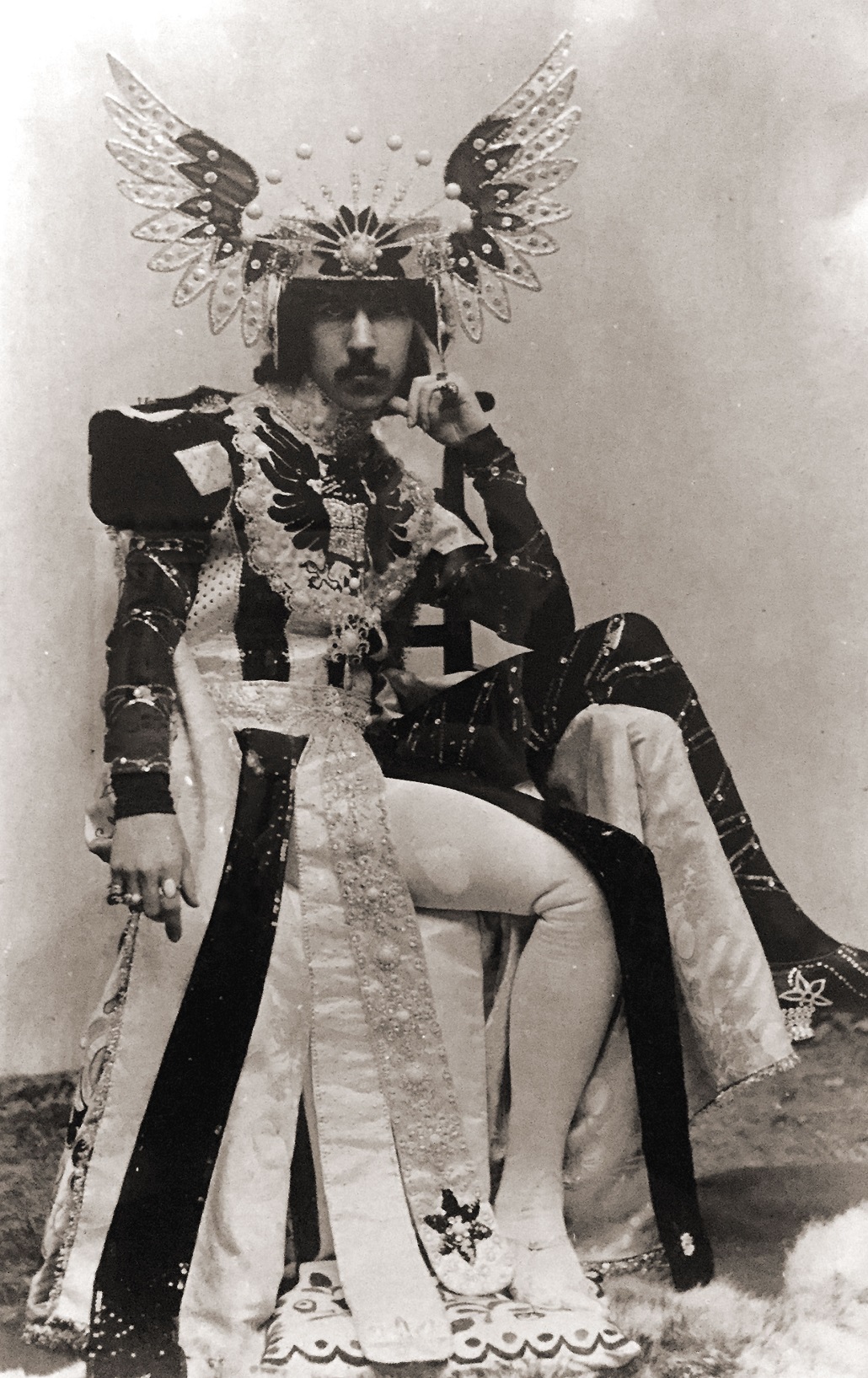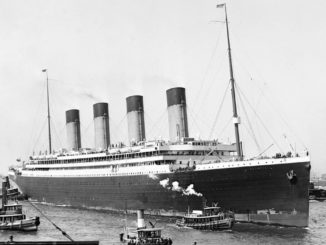Born in 1875 Henry the eldest son of the 4th Marquess of Anglesey Citation needed here because it was rumoured throughout his life the Marquess was not his real father and that his mother had an affair with a French actor of the time).
Following Eton, he was privately educated before being commissioned into the Royal Welsh Fusiliers. In 1898 he married his cousin much to the relief of his father who had always assumed Henry would end up bowling from the pavilion end. His father died later that year Henry inheriting 30,000 acres across Wales and England with an income equivalent to 15 million per annum today.
Henry quickly gained a reputation for being a lavish host and spendthrift His passions being jewellery and furs, he renamed the family seat Plas Newydd, Anglesey castle and converted the chapel to a 150 seat theatre and named it the Gaiety theatre where he performed variety shows skits songs and Oscar Wilde plays, always taking the lead role whether male or female in fact preferring the female roles in order to show off his jewellery and furs. In 1901 the theatre became one of the first to have electric lighting fitted.
Flushed with the success of his performances which always took place in front of friends and local dignitaries he decided to take the show on the road and toured for three years in England and France both countries failing to provide audiences that could truly appreciate high art. His wife divorced him whilst he was touring, the decree nisi stating the grounds to be that the marriage had never been consummated.
Needless to say the tour was less than a success and staying in the finest hotels diminished his fortunes considerably and by the time he returned back to Anglesey he had already taken out considerable mortgages to continue his lavish partying.
In 1901 he attended the opening night of Conan Doyle’s stage representation of Sherlock Holmes, at the time he was living in the Walsingham hotel in London.
During the performance, his valet, a Frenchman, perhaps seeing the writing on the wall for long term employment or maybe for other reasons, pocketed 50 grands worth (a million in today’s money) of Henry’s bling and set off for France.
Believing that Conan Doyle was in fact a great detective he engaged him to find the French felon.
A simple telegram to the authorities in Dover led to the arrest of the man, it’s not known how much Henry paid for this sterling police work and the miscreant was jailed for five years after pleading guilty, although no one believed his story that a mysterious French woman had employed him to steal the bling and that Henry was preparing to do a runner as well.
In 1904 he was formerly declared bankrupt and died in Monte Carlo a year later.
Despite his flamboyant lifestyle and appearance those closest to him claimed he wasn’t actually ghey nor straight. and found it impossible to consummate love with anyone other than himself.
Vicary Gibbs, writing in 1910, commented that he “seems only to have existed for the purpose of giving a melancholy and unneeded illustration of the truth that a man with the finest prospects, may, by the wildest folly and extravagance foully miscarry in the advantage of humanity, play away an uniterable life and ultimately have lived in vain.

Next up is Henry De La Poer Beresford who, despite his French sounding name, was 3rd Marquess of Waterford and later the Earl of Tyrone.
Born in 1811, I’ve been unable to find much detail about his early upbringing but by his late teens and long into his 20s he was known for binge drinking followed by drunken brawls often as not with constables.
An indiscriminate trouble maker, he once went to the Haymarket and handed out so many bottles of gin to people that a brawl and riot ensued which he claimed to have enjoyed immensely. On another occasion having been arrested for furious riding whilst drunk through a crowded town centre, he arrived at the hearing with his horse insisting that the horse be questioned as to how fast he had ridden as he was unable to remember the event.
A darker side still came when he wrote to a rail company offering them 10,000 pounds to arrange a crash so he could watch.
In the early hours of 6 April 1836 after drinking heavily at Croxton races he and his hunting friends approached the tollgate to enter into Melton Mowbray, the toll keeper demanding they pay before entry.
Unfortunately for the toll man repairs were taking place with ladders and tools in place so Henry and his friends scaled the wall, covered the man in paint and on the arrival of a constable, him too, they then sealed them both inside the toll house nailing the door shut using the tools left lying around for the repairs. They then rampaged through the town throwing paint and smashing things as they went. Henry climbed the porch of the Swan Inn and painted the carved bird as well; several lone constables were also beaten up and graffitied until police arrived in numbers and they were arrested.
The paint in question was red and so ”painting the town red’ entered the language.
Sobering up Henry paid for the damage plus compensation to those injured although that wasn’t enough to prevent them all being tried at the Derby assizes where they were found not guilty of riot, but guilty of common assault and fined 100 pounds each.
In 1988 during restauration of the carved swan traces of red paint were found on the reverse.
The late summer of 1837 Henry and his friends chartered a luxury yacht from the Royal yacht squadron allegedly on an expedition to reach the north pole, stopping in Bergen Norway he was once again involved in a drunken brawl over a young woman. This time however the watchman wasn’t quite so accommodating as British constables had been in the past, a swift tap on the head with a ‘morning star’ , a heavy metal spiked mace Henry ended up in hospital gravely ill although after many weeks he recovered to face the courts again.
This time he was acquitted, some say after intervention of the British consul, the watchman being ordered to pay all the costs.
Rumour at the time he was also behind the legend of spring heeled Jack, a ghostly figure who appeared at night with a particular penchant for tormenting lone police officers around London and several sightings claimed the figure to be emblazoned with a coat of arms with the letter W possibly meaning Waterford , although the sightings continued long after his death, maybe by copycat pranksters.
A keen horseman he entered two horses in the 1840 grand national choosing to ride himself the rank outsider called The Sea. At one point he was more that a mile and half behind the rest of the field but persevered to finish the last of four finishers winning sufficient for at least a night’s celebratory binge.
In 1842 he married the daughter of the 1st Baron Stuart of Rothesay and relocated to Curragh more House in Ireland where he led an exemplary life until 1859 until his death in a riding accident.
More to follow.
© Wycombewanderer 2023



